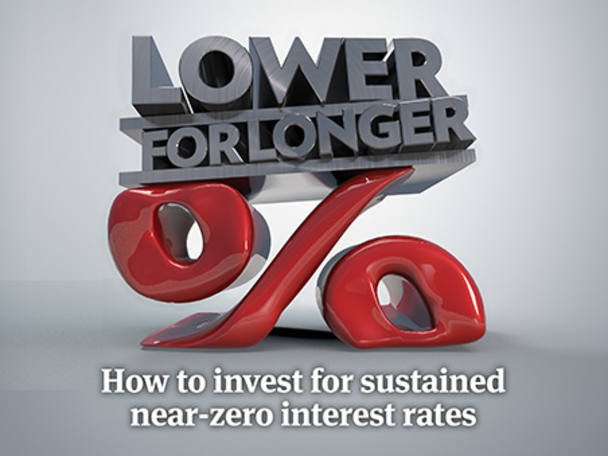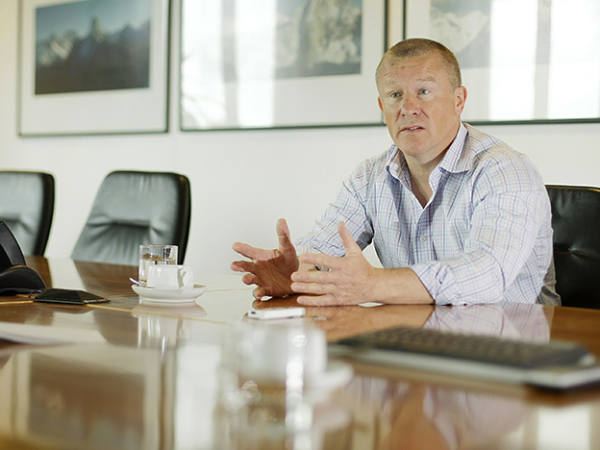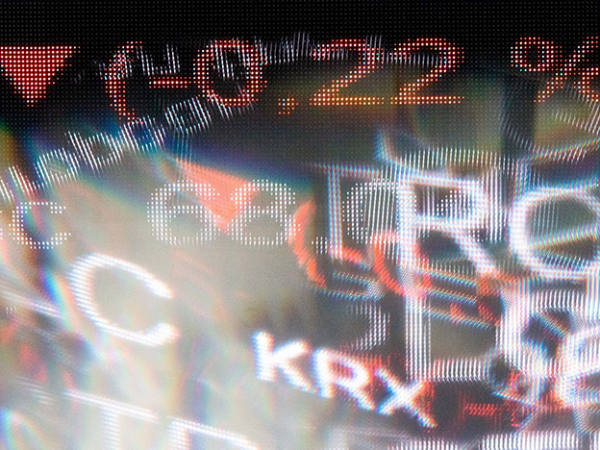If you do not need your money for several years and have an emergency cash fund – around three to six months – then it makes sense to be invested in the market. Cash Isa rates have been falling like a stone and if you have at least a medium-term time horizon you are likely to earn more from stocks and bonds than savings. Gareth Shaw, head of consumer affairs at Saga Investment Services, says: “Retirees in particular must now be thinking about moving up the risk ladder with their savings to help deliver the income they need.”
For income, equities are likely to be a better bet than bonds now. The safest bonds are paying a derisory income – or none at all. Conversely, investors can still take home yields of between 3 and 9 per cent from a fund of income-generating stocks. In the UK market several major companies have recently cut dividends, but holding a diversified basket of stocks in a fund reduces that risk.
UK Equity Income funds such as Evenlode Income (GB00B42KJH51) could perform strongly due to their exposure to UK companies generating earnings overseas, so benefiting from a weaker pound. Adrian Lowcock, investment director at Architas, recommends Fidelity Enhanced Income (GB00B7W94N47), which yields 6.89 per cent through blue-chip UK companies, but uses derivatives to boost its yield.
Closed-end funds also offer access to this area and many are currently trading on discounts, making now a potentially good entry point. Those include IC Top 100 fund Perpetual Income & Growth (PLI), which has returned 153 per cent over 10 years and is currently trading at a discount of 5.6 per cent. The benefit of closed-end vehicles is also their ability to hold back revenue in order to smooth dividends, meaning many have paid out increases year on year. This year UK equity income trust City of London Investment Trust (CTY) increased its dividend for the 50th consecutive year.
UK investors should also consider global equity income but be aware that currency adds risk here, particularly with the advent of further quantitative easing (QE) from the Bank of England, which could weaken the pound further. IC top 100 fund Artemis Global Income (GB00B5ZX1M70) offers income and growth through a range of global stocks.
Another way to access income at low cost is via a new swathe of exchange traded funds (ETFs) that target dividend-paying stocks. Unlike other ETFs, which track a broad index, these funds select the best income payers from a mainstream index. UK examples include SPDR S&P UK Dividend Aristocrats UCITS ETF (UKDV) and iShares UK Dividend UCITs ETF (IUKD), but a wide range are also focused on US and global stocks. Remember that not all income ETFs are available in distributing share classes, though.
Bonds are undeniably bad income payers now and to get the same return you will need to take more risk. They might not offer much in the way of capital growth, either, as they are now expensive. However, you will probably still need exposure as part of a diversified portfolio.
A strategic bond fund is a way of holding a range of bonds in one fund without having to make a bet on a specific sector. Instead, an active manager moves between asset classes depending on what looks most appealing. TilneyBestinvest recommends Henderson Strategic Bond (GB00B03TP539), one of the more flexible strategic bond funds.
One other asset class to consider today is infrastructure. Infrastructure funds invest in long-term projects, pay a typically high income and tend to be uncorrelated to wider markets. Their income streams are often tied to inflation, too.
Mr Hollands says: “In times of low growth, governments often accelerate infrastructure development. These tend to be cash-generative projects that
are fairly immune to economic cycles and the contracts are very long term.” But there is a catch – these are expensive.
The top-performing and longest-running trust, HICL Infrastructure (HICL), is currently trading at a premium of 23.8 per cent. However, keep your eyes peeled. Mr Hollands says: “If we see projects announced in the next few months you might well see additional fundraising where you have the chance to get in at asset value.” One open-ended solution would be Lazard Global Listed Infrastructure Equity Fund (IE00B5NXD345).











